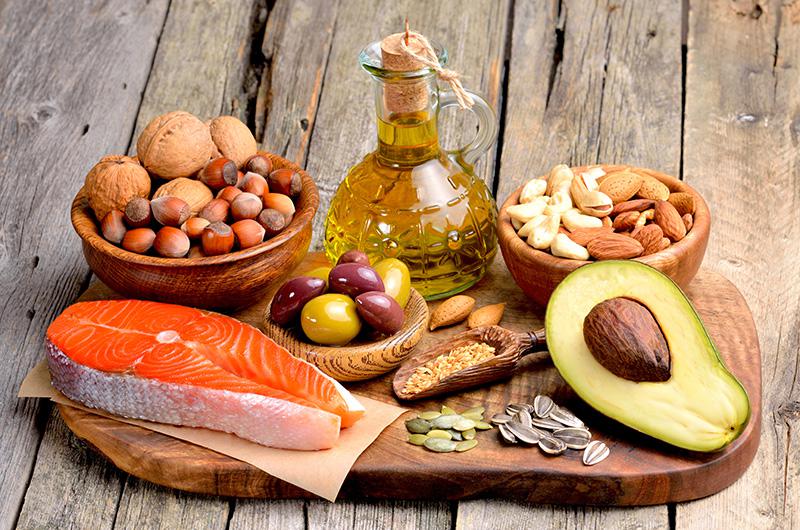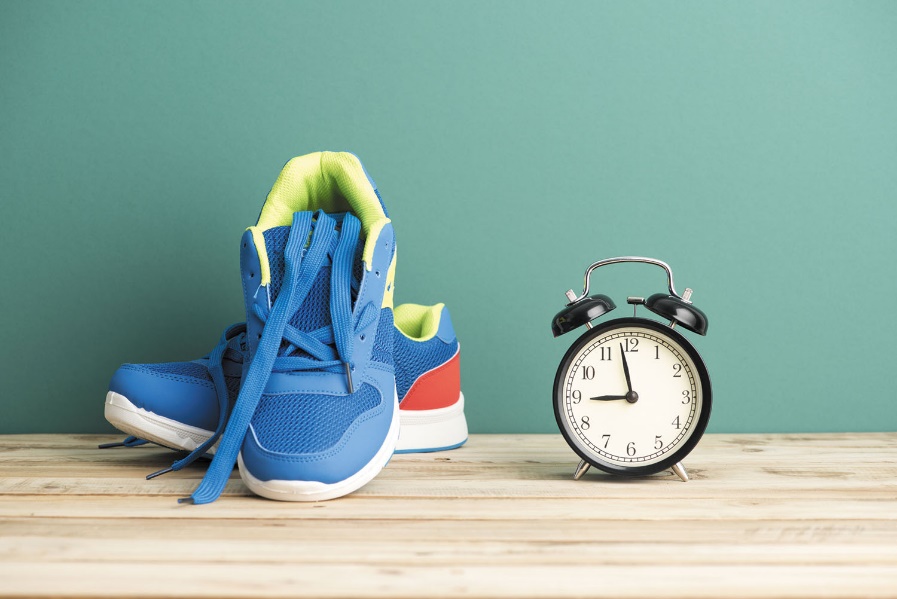The 80%
The U.S. Department of Agriculture's federal diet guidelines can help you build a roster of "healthy" meals. The basic principle is to make half your plate fruits and vegetables, and change them up often. The rest of your plate should be whole grains and lean protein with a serving of low-fat dairy, like milk or yogurt, on the side. Try to limit saturated fat and added sugars.
The 80%: Vegetables
Add fresh, canned, or frozen ones to salads, or have them as side dishes or even entrees. Look for lots of different colors, which mean lots of different nutrients. You can steam, saute, roast, or grill them to change the flavors and find what you like best. Just watch the extra calories and salt in oils and sauces. Most adults should get around 2 ½ to 3 cups a day.
The 80%: Whole Grains
Look for these to be listed first on prepared foods like bread. Or go straight to the source with oatmeal, popcorn, farro, quinoa, or brown rice. Try to limit snacks, cakes, and cookies made with refined grains like white flour, though. They can spike your blood sugar. Adults should get around 3 ounces of grains a day (about 3 slices of bread or 1 ½ cups of rice).
The 80%: Dairy
Go with fat-free milk, yogurt, soy, and nut milks to cut back on saturated fat. When you do have dairy fat, keep it to a minimum with low-fat versions of sour cream and cheese. Most adults should aim for around 3 cups of dairy a day.
The 80%: Protein
Beef, chicken, and pork are fine, especially when they're low in fat, but it's better for your health to mix it up a bit. Fish, beans, peas, nuts, seeds, soy, and eggs add a variety of tastes for your palate and nutrients for your body. Adults should get 5 to 6 ounces of protein a day, including about 8 ounces of seafood each week.
The 20%
After you've eaten healthy most of the week, it's time to enjoy yourself -- within reason. You might have onion rings as a splurge at lunch, a glass of wine at dinner, or an ice cream treat for dessert. But keep in mind that overdoing it can send all your hard work out the window.
‘Cheat Days’ Approach
With this, you specify a couple of days each week to indulge a bit. But try not to think of your meals as "punishment" or "rewards." It's best to enjoy and embrace both your healthy meals and the special treats.
Calories Approach
If you're trying to lose weight, you might want to be a little more specific and splurge for 20% of the recommended number of daily calories. For example, if your goal is 1,800 calories a day, you might have 360 more calories two days a week.
Mixed Approach
Here, instead of that double bacon cheeseburger and soda that you only get once in a while, you fold treats into everyday eating. Sprinkle a little sugar on your grapefruit in the morning. Have some fresh whipped cream and berries for dessert. It's a way to enjoy eating every day and keep a positive attitude toward food.
Can It Help You Lose Weight?
Because the 80-20 diet features a healthy, balanced diet with a few splurges, it may help you shed a few pounds if you use it to cut down on fattening foods and watch your calories. Any time you burn more calories than you take in, you’re likely to lose weight.
Exercise Is Important, Too
If you're trying to lose weight, dieting alone usually isn't enough to get you where you want to be. To help your body burn more calories than you take in, aim for 30 minutes of exercise most days of the week. Weightlifting or pushups help build muscle, which burns calories all day long. If you can't hit the gym, a walk around the block at lunch is a good way to get moving.
Make It Personal
We're all different. Some people enjoy a little freedom at the end of the week, while others would rather indulge a little every day. Just make sure to talk with your doctor or a dietitian about whatever you decide. Your age, sex, weight, and activity level all play a part in what's a healthy diet for you.
Source: https://www.medicinenet.com/








